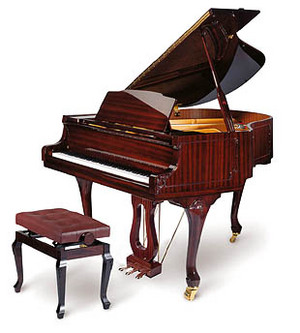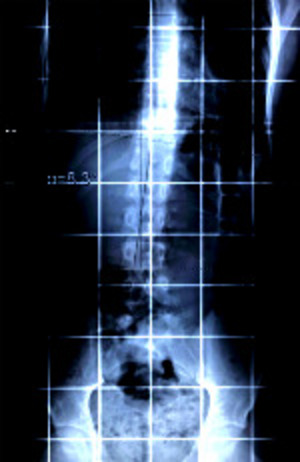Most of us parents think every move and sound our darlings make are causes for delight. We tend to dwell on new milestones (“Look, Susie blew a snot bubble today!”) rather than notice areas they might be lagging. But, I think a nagging sense of something not being right usually spurs a parent to ask additional questions.
This holds true with talking. If you have had a late talker, then you’ve heard it all: Einstein didn’t talk until he was five; boys learn to talk later; second and third born children speak later as a general rule; quit talking for him/her so he/she will learn to speak; or someone else’s cousin’s next door neighbor didn’t make a sound until they were three, and woke up one morning speaking in complete sentences and reciting poetry.
Chances are good that most parents don’t hear about oral or verbal apraxia until they mention their concerns hesitantly, almost sheepishly to the child’s doctor. “Umm, doctor, I know he’s probably fine, but he’s 2 ½ and isn’t talking. But he’s fine, right?” is the way this begins.
To condense the lengthy medical definitions, apraxia basically is a neurological impairment that involves the planning, executing and sequencing motor movements. Verbal apraxia is a term borrowed from adult victims of accidents that have robbed them of some speech ability; when children are verbally apraxic, it is a neurological problem that affects the rapid sequence of muscle movements needed to make the sounds of speech. Oral apraxia is closely related to verbal apraxia, but includes impairment in non-speech functions, such as blowing, puckering, sucking, or licking lips. Verbal and oral apraxia tend to overlap in diagnosis.
Now, if you have a late talker, there isn’t necessarily a reason to panic. But, if your two year old isn’t talking and also has these symptoms:
*excessive drooling
*inability to lick peanut butter or other foods off lips or from around mouth
*inability to pucker to make a kiss sound
*inability to drink from a straw
difficulty forming consonant sounds
*has limited facial expressions (“the serious child”)
*seems to have difficulty with certain food textures
you may want to ask your pediatrician for further evaluation and a referral if necessary. Early intervention has been crucial in helping children with verbal apraxia gain the ability to communicate effectively.
Intensive speech therapy is usually a key component in learning to live with verbal and/or oral apraxia. In addition to practicing making sounds like p, d, b, and m, speech therapy will involve such practices as blowing bubbles; blowing through a straw; blowing out candles; massaging cheeks to tone up the muscles; or brushing the tongue with a toothbrush.
Since a diagnosis of sensory integration disorder (SID) sometimes accompanies oral apraxia, physical therapy designed to help SID might be in order, too.
Apraxia is a neurological disorder that doesn’t go away; but early intervention and intensive speech and physical therapy can help the child to function, eventually on a level with his peers.




